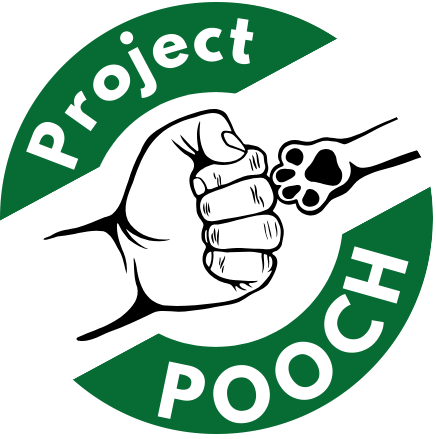Training Corner: Cue vs. Command
by Gabi Urbani
Words not only have meaning, but they also carry weight and elicit emotion. The words excited, energetic, and playful elicit joyful emotions. The words thoughtful, trusting, and nurturing elicit peaceful emotions. Likewise, the words miserable, lonely, and depressed elicit sad emotions. Words are powerful! Choosing the words we use in dog training can have a direct impact on how we view our relationship with a dog. Language reflects and shapes our thinking!
It is very common for people to use the word command when talking about what they are teaching the dog to do, as well as when asking what behaviors the dog may know. Let’s look at the definition of command: to require authoritatively, demand. To issue an order, orders. To dominate as if from an elevated place. Eeek. This sounds like a lot of stress for the learner, and the threat of punishment if orders aren’t followed. Learning to avoid punishment does not lead to a happy learner. This also sounds like a stressful space for the teacher. Stress all around is not setting the teacher or the learner up for success.
On the other hand, the word cue implies learning and choice, and comes before a behavior. Let’s look at the definition of cue: a signal (such as a word, phrase, or bit of stage business) to a performer to begin a specific speech or action. When teaching with positive reinforcement, the dog learns that if they do the cued behavior they will be reinforced with something they find valuable. When the learner is feeling happy you will see them engaged with learning and will see stronger and more reliable behaviors. This is also a healthier state of mind for the teacher.
Come on over to the cue side of training and thinking as opposed to command—it’s a happier, healthier, and much more relationship building place to be!

